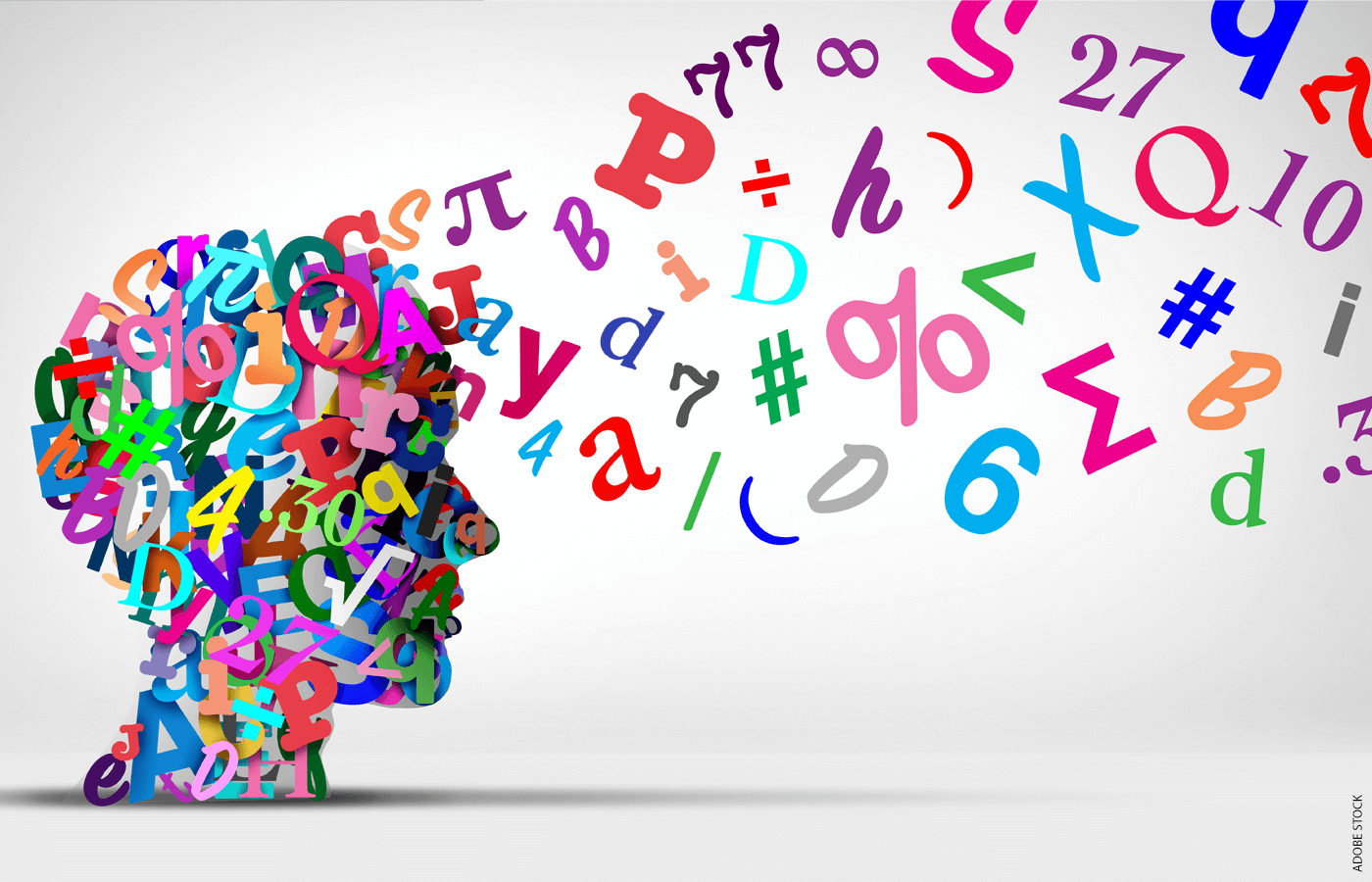

Trace: College students’ struggles could also be about phrases, not numbers

America’s college students proceed to wrestle in arithmetic. The explanations are multifarious and generally elusive, however our latest analysis suggests the difficulties might have much less to do with the maths itself and extra to do with language.
Utilizing a brand new AI-based platform we constructed as college students (and now deploy at our startup ed-tech firm M7E AI) that examines math curricula, we performed an evaluation of Illustrative Arithmetic’ broadly revered Grade 4 fractions unit—Unit 2: Fraction Equivalence and Comparability. Our platform applies seven linguistic standards developed from over 330 peer-reviewed research to guage the readability of the language used to ship and assess math content material. We ran the unit’s 17 classes and 4 assessments by the platform.
Right here’s the kicker: Not one of many unit’s classes or assessments totally handed the platform’s rigorous linguistic readability test. Every contained a number of linguistic obstacles that impede scholar comprehension. Such obstacles disproportionately damage multilingual learners, a bunch that includes at the least 10 p.c of the U.S. Ok–12 education inhabitants.
In different phrases, the way in which classes and assessments are written might drive college students to expend a lot vitality determining what the query is asking that they don’t have sufficient psychological bandwidth left to concentrate on the maths itself.
Our platform highlighted a number of recurring points with language, together with:
- advanced conditional phrases that overwhelm college students’ means to carry and course of info whereas making an attempt to do the maths.
- a number of embedded comparisons inside single questions that complicate primary fraction ideas.
- inconsistent terminology and interchangeable use of key math phrases, which drive college students to repeatedly decode and relearn ideas and distract them from studying the underlying arithmetic.
These linguistic challenges appeared all through the curriculum: in warm-ups, actions, checkpoint assessments, and even within the culminating unit assessments. One typical fraction comparability exercise, for example, hid the mathematical logic inside convoluted hypothetical eventualities.
Authentic Instance:
From Lesson 14 “Distances on Foot”:
“The ‘li’ is a conventional unit of size in China and a few East Asian nations. Listed here are the strolling distances between the house of a scholar in China and the locations he visits usually.
- faculty: 7/5 li
- library: 7/4 li
- Market: 23/10 li
- Badminton Membership: 23/12 Li
Which is a shorter distance from the scholar’s dwelling:
a) his faculty or the library?
b) the market or the badminton membership?
c) the library or the market?”
Why That is Problematic: The unique “Distances on Foot” drawback required college students to course of an unfamiliar cultural unit (“li”) whereas additionally working by a number of location comparisons, together with a “badminton membership”—a sport-specific and culturally particular reference not universally acquainted to all learners. It framed the state of affairs round a selected Chinese language scholar, which relied on cultural pre-knowledge and will disengage college students who didn’t join with that context. These components distracted from the mathematical aim by requiring college students to interpret unfamiliar references earlier than they may concentrate on evaluating fractions. For multilingual learners, this extra layer of cultural decoding might enhance cognitive load and create pointless obstacles to comprehension.
Illustrative Arithmetic is broadly thought-about among the finest math curricula available on the market. Our evaluation means that it’s good in each its mathematical rigor and conceptual group. But it surely additionally reveals linguistic obstacles that analysis tells us can intrude with college students’ means to grasp mathematical ideas. The state of math curricula extra broadly is probably going a lot worse.
Our cursory surveys of a broader pattern of math curricula throughout the nation counsel a panorama that’s much more complicated to college students than what Illustrative Arithmetic affords—curricula written with out linguistic readability in ways in which violate effectively understood rules from cognitive science.
Join the EdNext Weekly publication, and keep updated with the Each day Digest, delivered straight to your inbox.
Returning to the “Distances on Foot” drawback, how might that be mounted? Our AI platform was capable of counsel the next modifications in mere seconds:
Revised Instance:
From Lesson 14 “Strolling Distances”:
Rosa walks from her dwelling to totally different locations:
- faculty: 7/5 unit
- library: 7/4 unit
- retailer: 23/10 unit
- park: 23/12 unit
Which place is nearer to Rosa’s dwelling? Evaluate:
a) faculty or library?
b) retailer or park?
c) library or retailer?
Why These Adjustments Work: In our revision, “li” was changed with a impartial “unit” to take away cultural specificity whereas conserving the maths intact. Culturally particular references like “market” and “badminton membership” have been changed with universally acquainted places similar to “retailer” and “park,” guaranteeing the issue aligns with our platform’s Common Theme criterion and doesn’t depend on cultural pre-knowledge. The state of affairs was reframed round a scholar named Rosa to offer an accessible, relatable anchor for all learners with out assuming familiarity with a specific place or exercise. Constant comparative language similar to “Which place is nearer?” and clearer quantity line descriptions be certain that college students’ cognitive effort is directed towards fraction reasoning slightly than decoding context.
There are numerous impediments to studying math which are difficult to deal with, however happily the linguistic drawback now not needs to be one among them. We now have an answer because of good analysis and a giant help from synthetic intelligence.
Abdirahman Guleed and Kedaar C. Sridhar are training entrepreneurship fellows at Harvard Graduate Faculty of Training and the co-founders of M7E AI, an training expertise platform that makes use of a research-backed framework to guage and revise Ok–12 math curricula for linguistic comprehension, guaranteeing that each one college students, particularly multilingual learners, can entry rigorous mathematical content material with out pointless language obstacles.
Final Up to date
NEWSLETTER
Notify Me When Training Subsequent
Posts a Large Story

Copyright © 2025 President & Fellows of Harvard Faculty

